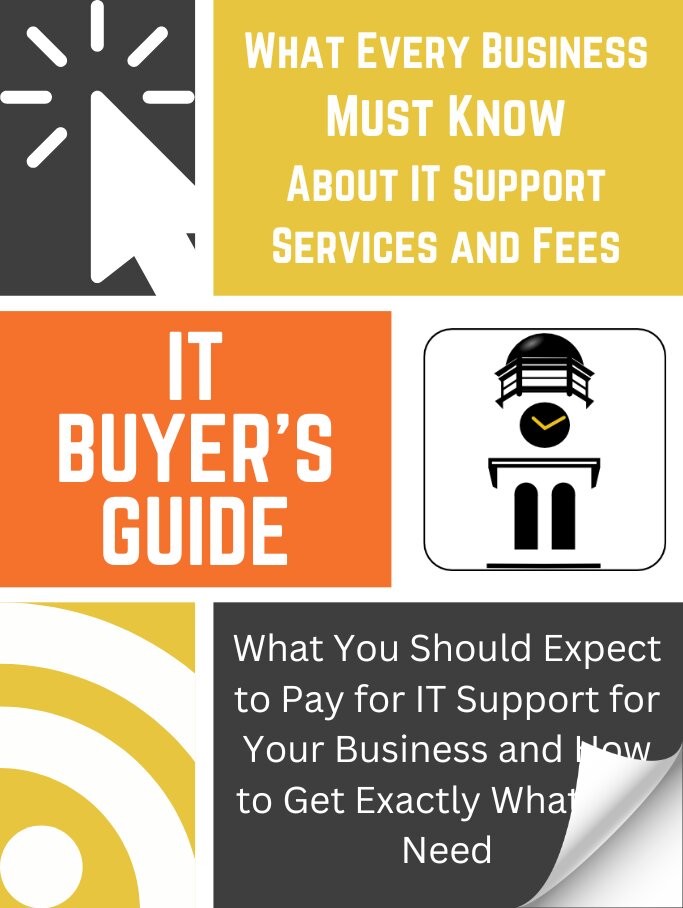Hey there, business leaders! Today, let's chat about something that might seem like a small detail but can have a huge impact on your company's security: employee passwords.
You might be thinking, "Why does every employee need their own account? Wouldn't it be easier if we just shared logins?" Or maybe you've wondered, "As the boss, shouldn't I have access to everyone's passwords?"
These are totally understandable questions, but the truth is, individual user accounts and private passwords are crucial for maintaining a secure and efficient workplace. Let's break it down.
First off, why does everyone need their own account?
Imagine your office is a building, and each employee's account is their own personal office. They can decorate it how they like, keep their files organized their way, and lock the door when they leave. This personal space helps them work more efficiently and keeps their stuff separate from their coworkers'. In the digital world, individual accounts serve the same purpose.
But more importantly, individual accounts are a security must-have. If everyone shares one account, it's like having one key that opens every door in the building. If that key falls into the wrong hands, you're in big trouble! Individual accounts limit the damage if one account is compromised.
Now, about those passwords. Why should employees choose their own?
Think about it: if you choose passwords for your employees, you might go for something easy to remember, like "Company123". But that's also easy for hackers to guess! When employees choose their own passwords, they're more likely to use something unique and meaningful to them, which is often more secure.
The big industry groups agree on this. The National Institute of Standards and Technology (NIST) recommends that users create their own passwords and keep them private. They even suggest not forcing regular password changes unless there's a reason to think the password has been compromised.
But what about sharing passwords with the boss or IT staff?
I get it. As a leader, you might feel like you should have access to everything. But here's the thing: when employees know their passwords are truly private, they feel more trusted and responsible. Plus, it protects you too! If something goes wrong, there's a clear record of who did what.
Let's look at some situations where you might think you need an employee's password, and how to handle them securely:
1. Accessing an employee's files while they're on vacation:
Instead of asking for their password, set up shared drives or use admin privileges to access necessary files.
2. Monitoring employee activity:
Rather than logging in as the employee, use authorized monitoring software that doesn't require individual passwords.
3. Transitioning work when an employee leaves:
Have the employee transfer necessary files to a shared location before they go or use admin access to retrieve what you need after they've left.
The tech world is full of solutions that let you manage your team effectively without compromising on security. Your IT department or MSP can help set these up.
Remember, good password practices aren't just about protecting your company from outside threats. They also help create a culture of trust and responsibility within your organization. When employees know their digital space is private and secure, they're more likely to take ownership of their work and feel valued as team members.
The bottom line is that, for any scenario where you're tempted to require sharing of account passwords, there's a more secure and more easily administered way to accomplish whatever it is you're trying to do.
So, next time you're tempted to ask for a password or set up shared accounts to save time, take a step back and consider the bigger picture. A little extra effort in setting up individual accounts and respecting password privacy can go a long way in building a secure, efficient, and trusting workplace.
Got questions about implementing these practices in your business? Don't hesitate to reach out to us. We're here to help you navigate the digital world safely and effectively!



